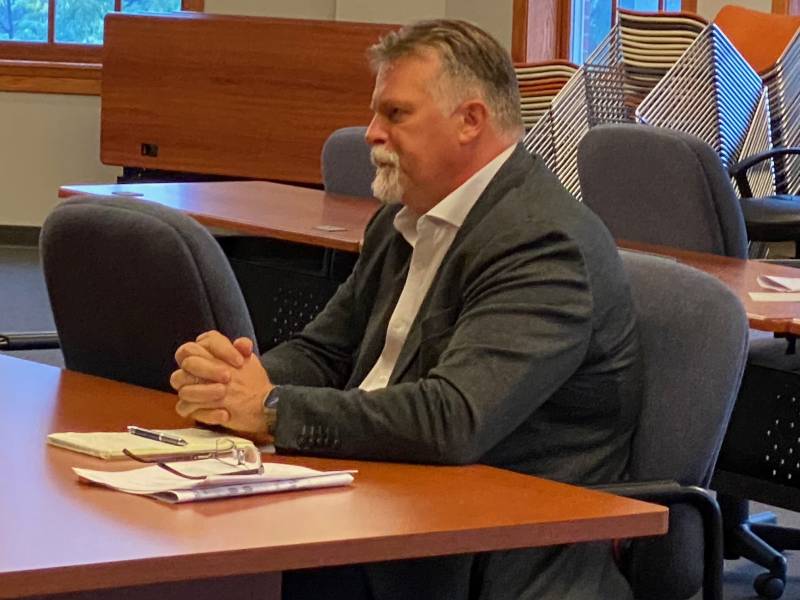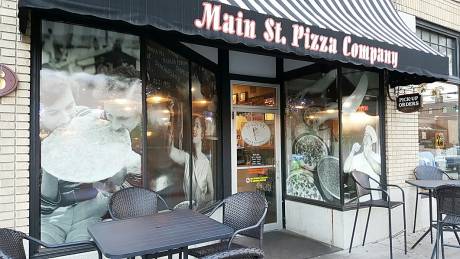Rezoning proceeds for Mix Place, target area drops to two properties

Photo by Joanne Beck
A potential snag to proceed with rezoning a section of Mix Place was fairly quickly remedied during Tuesday’s Planning & Development Committee meeting.
Earlier this year, Edwin Smart had filed a petition to rezone his property at 4 Mix Place to allow him to convert the one-family dwelling into a professional architectural office building. Smart has requested that the words “and other similar professionals” be included in the permit that allows for offices for attorneys, physicians and/or dentists, not exceeding four offices in a single structure.
He would like to operate his Smart Design architecture firm on the premises, and he purchased the property with that goal in mind.
Smart had sent out a letter to the surrounding neighborhoods earlier this summer to introduce himself and his intentions and to offer residents the opportunity to call or email him with questions, comments and concerns.
He had previously said that he has only heard positive feedback; however, he and the committee discussed the lack of response from Mike Ognibene, the property owner of 1 Mix Place, which is listed on the petition for rezoning.
“One thing that we have outlined in the application, I think, is there is no negative impact to Mr. Ognibene and his properties. He hasn’t expressed an opinion either way. So my attorney, using the Whiting Law Firm out of Le Roy, they actually did get him on the phone. He was noncommittal,” Smart said. “And then we did send him information and asked for an affidavit. And he just never, after that initial conversation, he never responded. And we tried for several months, probably three months. And we actually tried to motivate him to do this by contacting his attorney in a very friendly way.
“This would actually bring his apartment building into compliance. And 1 Mix is a single-family residence originally back there as well,” he said.
That was a good point, Committee Chairman Duane Preston said.
“Why is 1 Mix being considered at this point? Why can’t we keep that R-1?” Preston said.
Smart wasn’t sure why, only that “that’s what I was counseled to do.”
Smart’s request first went to City Council, and the recommendation from city management was to consider including 1 and 3 Mix, a single-family residence, and a two-building, eight-unit apartment building to bring them into the R-3 district for zoning compliance.
Code Enforcement Officer Doug Randall said that those addresses were on the paperwork “that we received from the applicant.” A committee member then suggested excluding some of that information.
“Absolutely, my recommendation would be to approve the application with the exception of 1 Mix Place,” Randall said.
Smart had no issue with that.
“I’m eager to get started,” he said, answering The Batavian after the meeting about what happens next. “So I'm not 100 percent certain yet. I think what they just voted on is to make a referral back to City Council, I believe this still has to go in front of the county after this stage, which I think is, it's very standard procedure. And I'm hoping that everybody is supportive and that the City Council votes for the zoning change.
“And then from there, it becomes a more typical building permit process. That's where I would take the drawings that we've come up with and submit them to the building department, and then we will have to go through a special use permit per the zoning law,” he said. “And that's where, again, we hope that language change includes us because, you know, I'm not a dentist or a doctor.”

